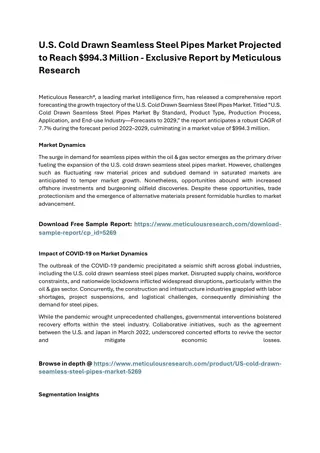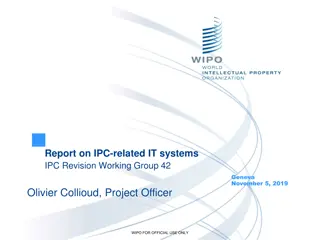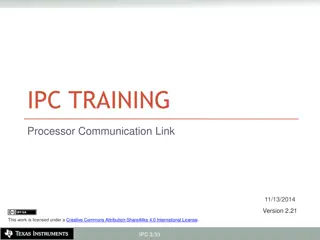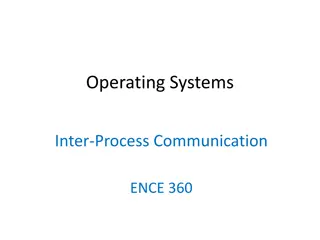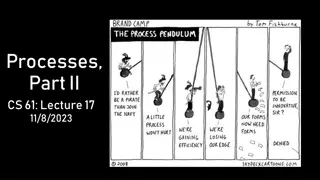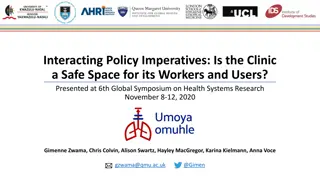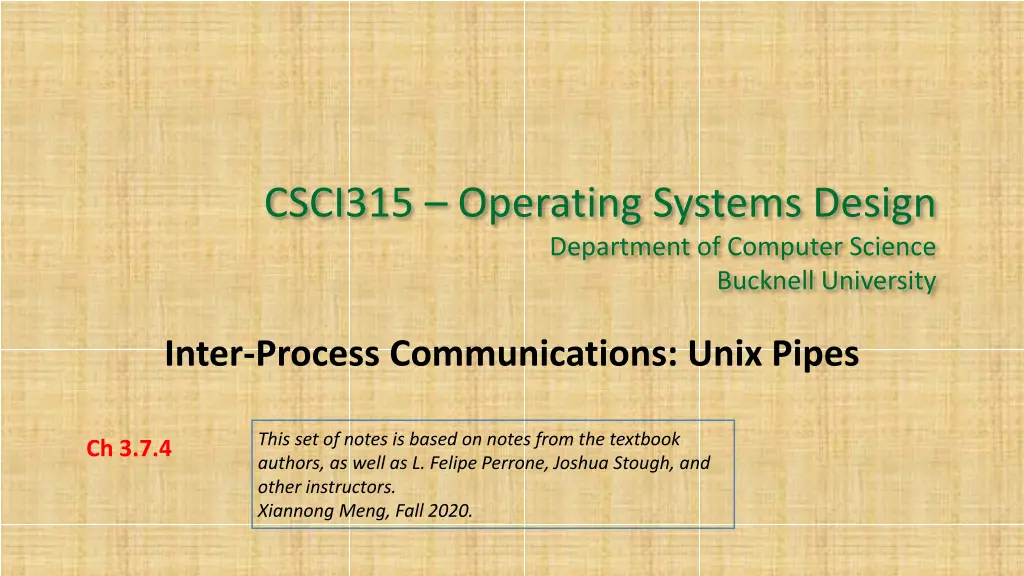
Inter-Process Communication: Unix Pipes Overview
Learn about the implementation of Inter-Process Communication (IPC) using Unix pipes, a mechanism for processes to communicate and synchronize actions through message exchange without shared variables. Discover how links are established, message sizes, capacity, and more.
Download Presentation

Please find below an Image/Link to download the presentation.
The content on the website is provided AS IS for your information and personal use only. It may not be sold, licensed, or shared on other websites without obtaining consent from the author. If you encounter any issues during the download, it is possible that the publisher has removed the file from their server.
You are allowed to download the files provided on this website for personal or commercial use, subject to the condition that they are used lawfully. All files are the property of their respective owners.
The content on the website is provided AS IS for your information and personal use only. It may not be sold, licensed, or shared on other websites without obtaining consent from the author.
E N D
Presentation Transcript
CSCI315 Operating Systems Design Department of Computer Science Bucknell University Inter-Process Communications: Unix Pipes This set of notes is based on notes from the textbook authors, as well as L. Felipe Perrone, Joshua Stough, and other instructors. Xiannong Meng, Fall 2020. Ch 3.7.4
Interprocess Communication (IPC) Mechanism for processes to communicate and to synchronize their actions Message system processes communicate with each other through messages without resorting to shared variables IPC facility provides two operations: send(message) message size fixed or variable receive(message) If processes P and Q wish to communicate, they need to: establish a communicationlink between them exchange messages via send/receive
Implementation Questions How are links established? Can a link be associated with more than two processes? How many links can there be between every pair of communicating processes? What is the capacity of a link? Is the size of a message that the link can accommodate fixed or variable? Is a link unidirectional or bi-directional? We will examine one implementation first, Unix Pipes.
Unix pipe(2) -Point to point -Unidirectional -Reliable delivery -Stream of bytes -FIFO -For processes related by birth (same machine) -Virtually identical to reading and writing to a file (low level file I/O)
Unix pipe(2) In a process P0 int p2c[2]; int pipe_ret; pid_t pid; IDs for open files stdin 0 stdout 1 P0 stderr 2 Before creating a child with whom it will communicate, the parent creates a pipe through system call pipe().
Unix pipe(2) pipe_ret = pipe(p2c); if (pipe_ret == -1) // error ... open files stdin 0 p2c[0] stdout 1 P0 p2c[1] stderr 2 p2c is int array of 2. If call to pipe(2) succeeds, the p2c values should be 3 and 4, continuing from the existing open file IDs. 3 p2c[0] p2c[1] 4
Unix pipe(2) pid = fork(); if (pid < 0) // error ... open files stdin 0 p2c[0] stdout 1 P0 p2c[1] stderr 2 3 p2c[0] Then it creates child P1 with fork p2c[1] 4
else if (pid > 0) { // P0 } else { // child // P1 } Unix pipe(2) p2c int array p2c int array p2c[0] p2c[0] P0 P1 p2c[1] p2c[1] P1 s local copy with values inherited from P0
Unix pipe(2) Unix pipes are unidirectional! p2c[0] p2c[0] P0 P1 p2c[1] p2c[1] P0 closes the read end of the pipe (index 0) P1 closes the write end of the pipe (index 1)
Unix pipe(2) p2c[0] p2c[0] P0 P1 p2c[1] p2c[1] P0 closes the read end of the pipe (index 0) P1 closes the write end of the pipe (index 1)
Unix pipe(2) p2c[0] p2c[0] P0 P1 p2c[1] p2c[1] P0 writes to file descriptor p2c[1] P1 reads from file descriptor p2c[0] read(p2c[0], buf, size); write(p2c[1], buf, size); If P1 needs to write to P0, they have to use the other pair p2c[0] for P1 and p2c[1] for P0.
Synchronization Message passing may be either blocking or non- blocking. Blocking is considered synchronous: Blocking send has the sender blocked until the message is received. Blocking receive has the receiver blocked until a message is available. Non-blocking is considered asynchronous Non-blocking send has the sender send the message and continue. Non-blocking receive has the receiver receive a valid message or null.
Buffering Queue of messages attached to the link; implemented in one of three ways: 1. Zero capacity 0 messages Sender must wait for receiver (rendezvous). 2. Bounded capacity finite length of n messages. Sender must wait if buffer is full. 3. Unbounded capacity infinite length. Sender never waits.
Many IPC Mechanisms File Pipe Named pipe Shared memory Message passing Mailbox Remote procedure calls Sockets (TCP, datagram) What are the properties of each? What are the advantages and disadvantages of each? How do you select one to use?
IPC Properties Buffering Capacity Synchronization Service model Shared memory Direct or indirect





